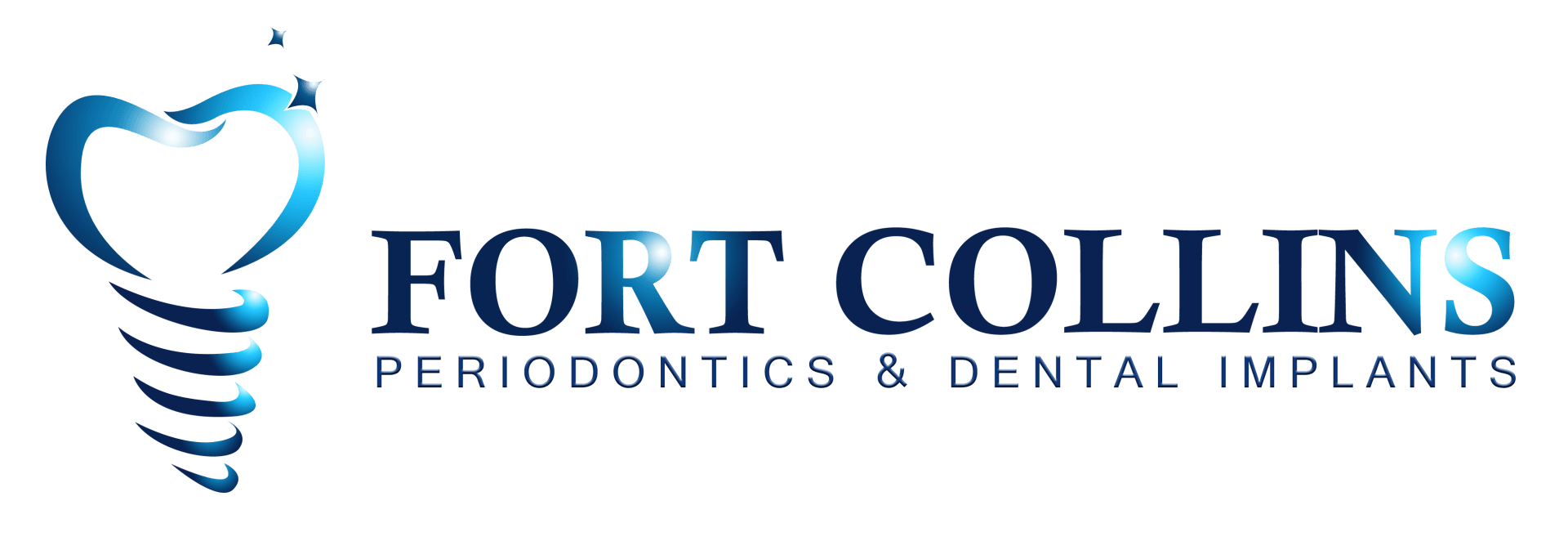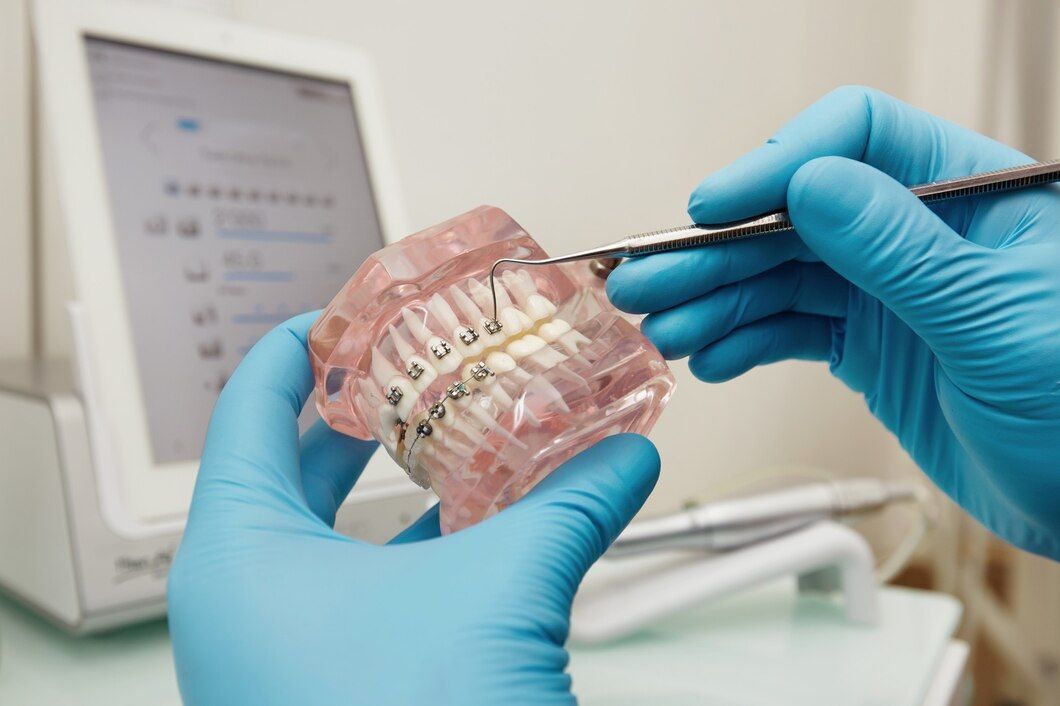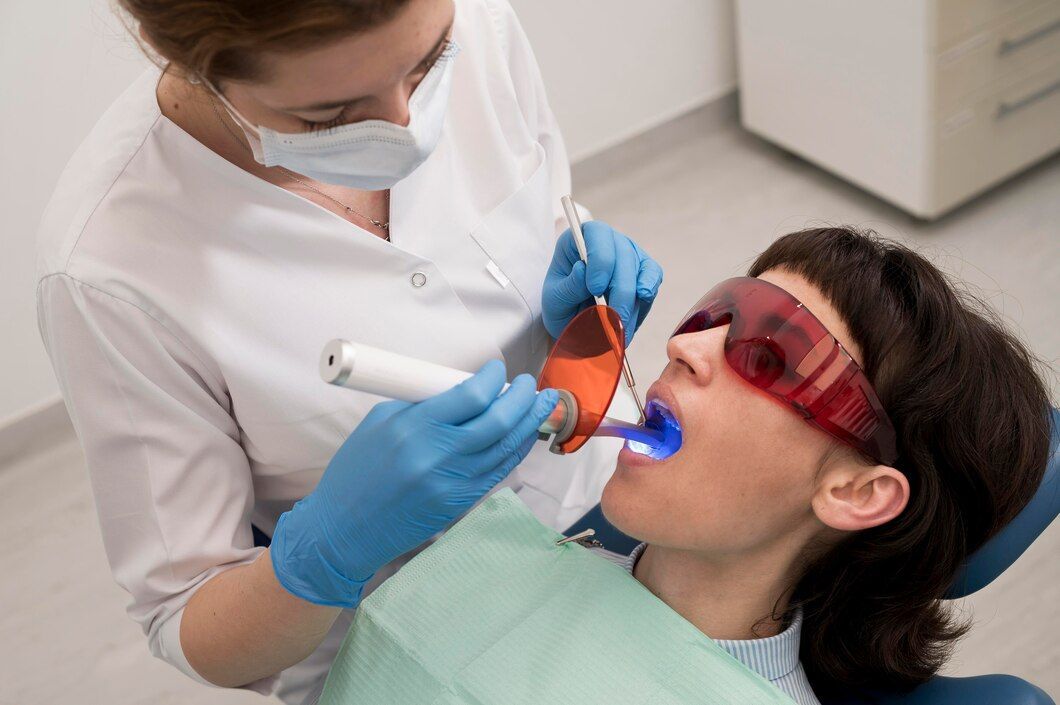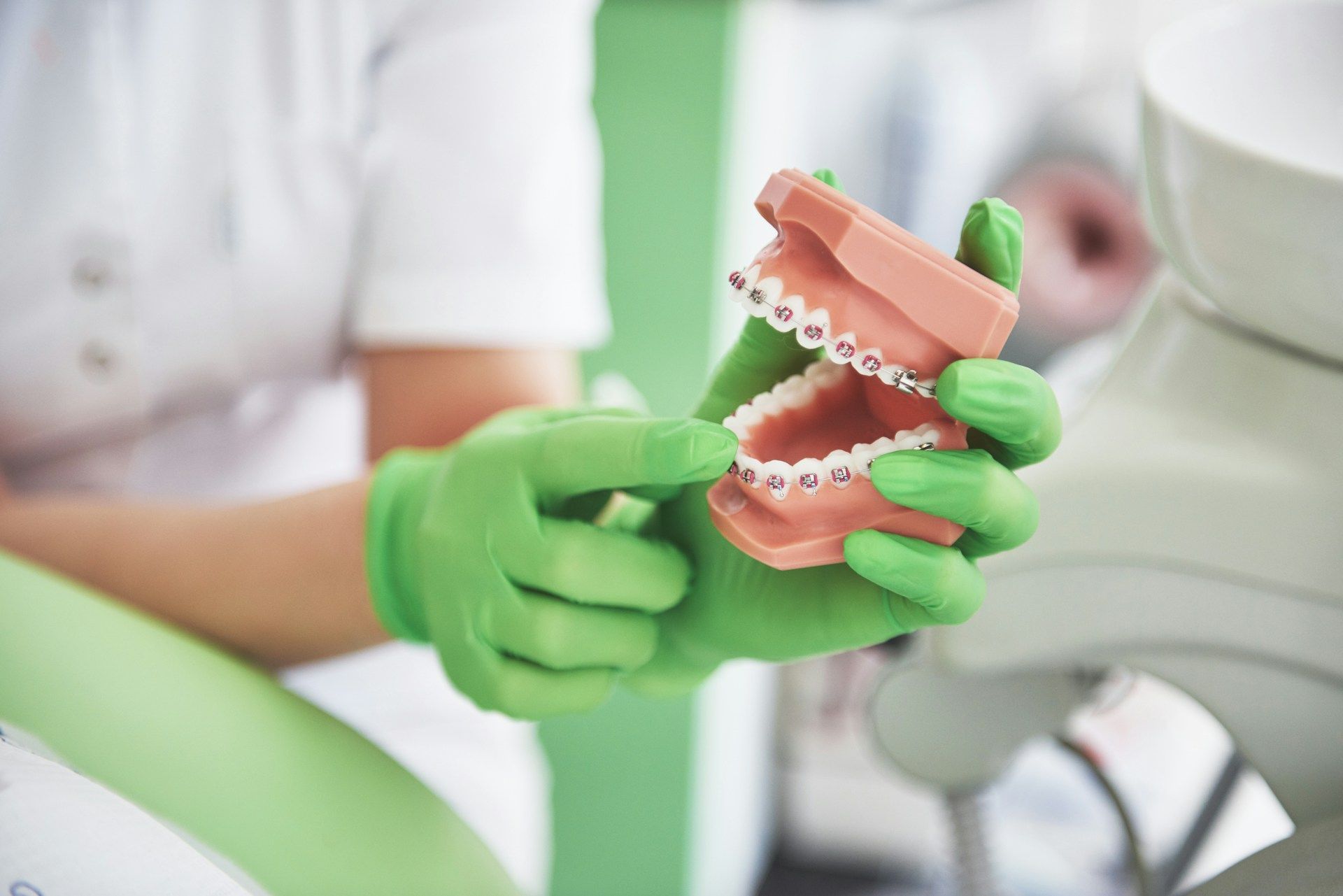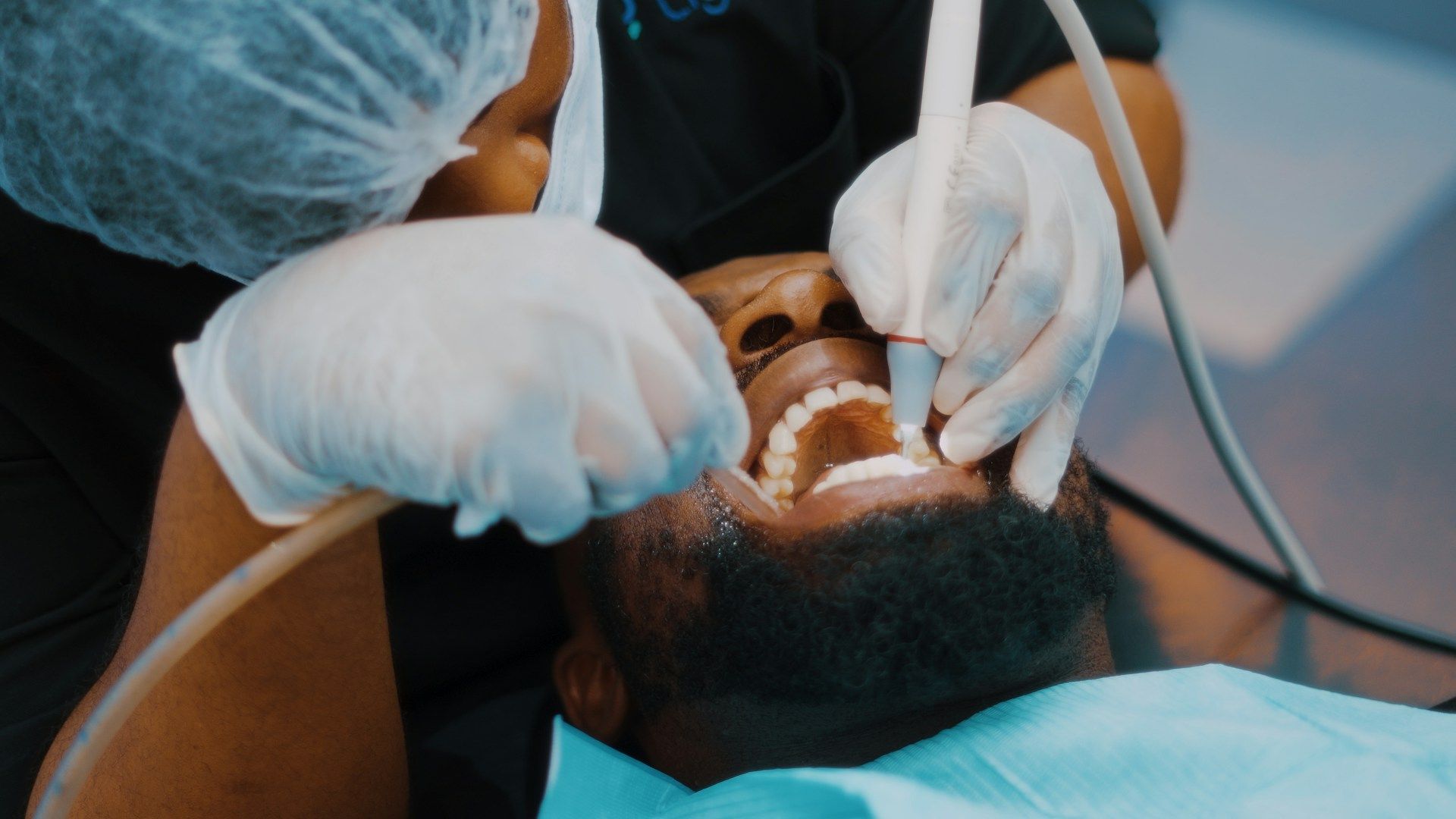Understanding the Stages of Periodontal Disease: Signs, Symptoms, and Treatments
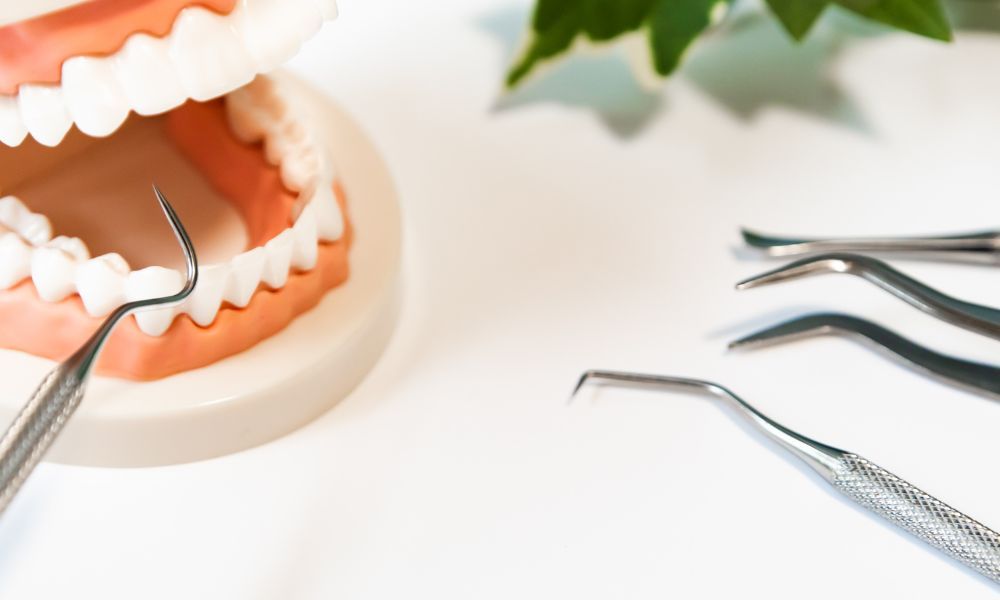
Periodontal disease, also known as gum disease, is a prevalent yet preventable oral health issue that affects millions of people worldwide. This chronic inflammatory condition damages the gums and the supporting structures of the teeth, potentially leading to tooth loss and negative effects on overall health. Understanding the stages of periodontal disease, from gingivitis to advanced periodontitis, is essential to recognizing the signs and symptoms of the condition and seeking prompt, appropriate treatment.
Periodontal disease is primarily caused by the buildup of plaque, a sticky layer of bacteria that forms on the teeth and accumulates over time. When plaque hardens into tartar, it can irritate and inflame the gums, eventually leading to infection and damage to the periodontal tissues. Other factors, such as genetics, tobacco use, poor oral hygiene, and systemic illnesses, can also contribute to an individual’s susceptibility to gum disease.
Early detection and treatment of gum disease are critical in preventing the progression to more severe stages, potentially saving your teeth and avoiding systemic health complications. At Fort Collins Periodontics and Dental Implants, our team of skilled specialists, led by Dr. Livingston, is dedicated to providing comprehensive periodontal care for patients dealing with gum disease. Through advanced technology and techniques, our practice offers a range of treatment options tailored to our patient's unique oral health needs, from non-surgical therapies to surgical treatments.
In this educational blog post, we will delve deep into the various stages of periodontal disease, examining the signs and symptoms that characterize each stage and the treatment options available at Fort Collins Periodontics and Dental Implants to address the condition. By understanding the progression of periodontal disease and its potential impact on your oral health, you can take informed and proactive steps toward maintaining a healthy and beautiful smile.
Stage 1: Gingivitis
Gingivitis is the earliest and mildest stage of periodontal disease, characterized by inflammation and redness of the gums due to plaque buildup. At this stage, the gums may bleed easily during brushing or flossing, but there is typically no discomfort or pain. Some signs and symptoms of gingivitis include:
- Red, inflamed gums
- Gums that bleed easily during brushing or flossing
- Bad breath (halitosis)
The good news is that gingivitis is reversible with proper oral hygiene and professional dental cleanings. By addressing plaque buildup and implementing a consistent home care routine, you can effectively eliminate gingivitis and prevent its progression to more severe stages of gum disease.
Stage 2: Early Periodontitis
If gingivitis is left untreated, it can progress to early periodontitis, which involves the beginning stages of damage to the periodontal tissues and bone that support the teeth. Signs and symptoms of early periodontitis include:
- Gum recession
- Formation of periodontal pockets between the teeth and gums
- Sensitive teeth due to exposed roots
Treatment in the early periodontitis stage typically involves non-surgical options, such as scaling and root planing (a deep cleaning procedure), and close monitoring by your dental professionals. Preventative measures, including improved oral hygiene and regular dental visits, are crucial in halting the progression of early periodontitis.
Stage 3: Moderate Periodontitis
In the moderate periodontitis stage, the inflammation and infection have led to significant damage to the gum tissue, periodontal ligaments, and alveolar bone. The signs and symptoms of moderate periodontitis may include:
- Increased pocket depth between teeth and gums
- Loosening of teeth
- Noticeable gum recession and exposure of tooth roots, leading to heightened sensitivity
At this stage, non-surgical treatments may still be employed, but more advanced, targeted treatments are often required. These treatments may involve surgical intervention, such as pocket reduction surgery, to minimize the risk of further damage and tooth loss.
Stage 4: Advanced Periodontitis
Advanced periodontitis is the most severe stage of gum disease, with extensive damage to the gums, periodontal ligaments, and alveolar bone. The signs and symptoms of this stage can be pronounced and significantly affect your oral health and quality of life:
- Severe gum recession
- Deep periodontal pockets
- Tooth mobility and potential tooth loss
- Severe bad breath and taste disturbances
Advanced periodontitis often necessitates specialized surgical procedures to manage and repair the damage, such as periodontal flap surgery, regenerative procedures, or replacement of lost teeth using dental implants.
Treatment Options at Fort Collins Periodontics and Dental Implants
The team at Fort Collins Periodontics and Dental Implants is committed to providing comprehensive periodontal care for all stages of gum disease. Some of the treatment options we offer include:
- Non-Surgical Treatments: For early-stage periodontitis, non-surgical treatments such as scaling and root planing can effectively address plaque and calculus buildup beneath the gum line.
- Surgical Treatments: For moderate or advanced periodontitis, surgical treatments such as pocket reduction surgery, regenerative procedures, or gum grafting may be required to repair and restore your oral health.
- Dental Implants: For patients who have experienced tooth loss due to periodontal disease, dental implants offer a reliable, long-lasting solution to replace missing teeth and restore functionality and aesthetics.
Conclusion
Understanding the stages of periodontal disease empowers you to proactively monitor your oral health and seek appropriate treatment when necessary. At Fort Collins Periodontics and Dental Implants, our experienced team is dedicated to providing comprehensive, tailored treatment for gum disease, ensuring the health and longevity of your smile.
By recognizing the signs and symptoms of periodontal disease and seeking prompt treatment, you can prevent the progression of the condition and protect your oral health for years to come. If you are concerned about gum disease or would like a professional evaluation and guidance, don't hesitate to contact our team of
dentists in Fort Collins. Together, we will build a strong foundation for a lifetime of healthy, beautiful smiles.

Working Hours
Tue - Thu: 8:00 am - 5:00 pm
Friday: 8:00 am - 2:00 pm
Sat - Sun: Closed
Monday: Closed
